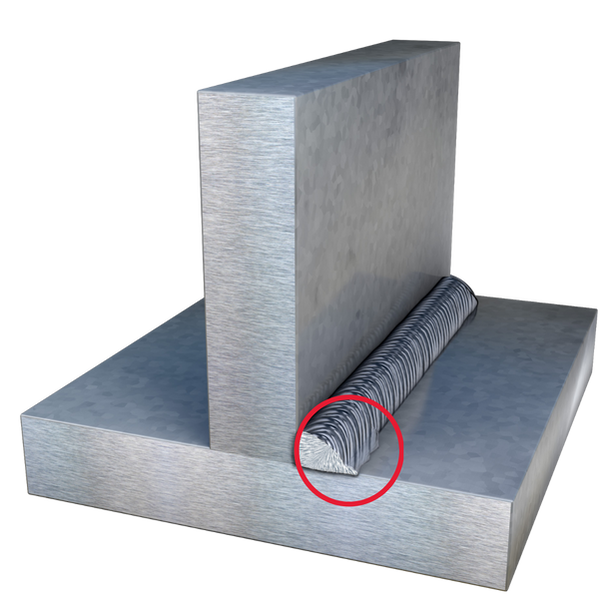Complete Guide to Preventing Weld Undercut: Tips and Techniques
Understanding the Art of Welding: How to Prevent Undercut Welding Issues for Flawless Fabrication Results
By comprehending the origin triggers of undercut welding and carrying out effective techniques to avoid it, welders can elevate their craft to brand-new levels of quality. In the search of remarkable construction outcomes, mastering the art of welding to avoid undercut concerns is not just an ability yet a need for those aiming for perfection in their work.
Recognizing Undercut Welding

To protect against undercut welding, welders ought to make certain appropriate welding parameters, such as readjusting the existing, voltage, traveling rate, and preserving the correct electrode angle. In addition, utilizing the proper welding method for the specific joint configuration is vital. Employing weaving motions or backstepping strategies can assist ensure proper weld metal deposition and minimize the likelihood of undercut formation. Routine inspection of welds throughout and after the welding procedure is likewise important to catch any undercut early and make required adjustments to avoid more issues. Preventing weld undercut. By recognizing the sources of undercut welding and carrying out safety nets, welders can attain high-grade, structurally sound welds.
Reasons of Undercut in Welding
Understanding the aspects that contribute to damage in welding is crucial for welders to generate premium, structurally sound welds. Inadequate welding existing or incorrect welding speed can also contribute to damage. Understanding these causes and carrying out appropriate welding strategies can assist prevent damaging problems, making sure resilient and strong welds.
Techniques to Protect Against Undercutting

To alleviate the risk of undercutting in welding, welders can utilize tactical welding strategies aimed at improving the high quality and integrity of the weld joints. Additionally, making use of the appropriate welding technique for the specific joint configuration, such as weave or stringer beads, can contribute to minimizing undercutting.
Additionally, correct joint preparation, consisting of making certain clean base products free of pollutants and utilizing the suitable welding consumables, is critical in avoiding undercut defects. Using back-step welding strategies and regulating the weld grain profile can also help disperse heat uniformly and lessen the threat of undercut. Routine inspection of the weld joint during and after welding, along with carrying out quality control procedures, can assist in resolving and detecting undercutting concerns quickly. By carrying out these methods carefully, welders can accomplish perfect construction results with very little undercut problems.
Value of Correct Welding Parameters
Selecting and keeping suitable welding specifications is necessary for achieving successful welds with very little issues. Welding parameters refer to variables such as voltage, current, travel rate, electrode angle, and securing gas flow rate that straight influence the welding process. These specifications have to be meticulously readjusted based upon the sort of material being bonded, its density, and the welding technique employed.
Proper welding parameters make certain the best amount of warm is related to melt the base read the full info here steels and filler product evenly. If the specifications are established expensive, it can cause too much warmth input, triggering burn-through, spatter, or distortion. On the other hand, if the parameters are too low, insufficient blend, absence of infiltration, or undercutting may happen.
High Quality Assurance in Welding Operations

Final Thought
To conclude, mastering the art of welding requires a complete understanding of undercut welding, its reasons, and methods to stop it. By making certain appropriate welding parameters and implementing quality control methods, flawless manufacture outcomes can be accomplished. It is essential for welders to consistently pursue quality in their welding operations to prevent undercut issues and generate premium welds.
Undercut welding, a common issue in welding processes, takes place when the weld metal does not correctly load the you can try here groove and leaves a groove or anxiety along the welded joint.To avoid undercut welding, welders should make sure proper welding specifications, such as changing the current, voltage, traveling rate, and preserving the proper electrode angle. Inadequate welding incorrect or existing welding rate can likewise add to undercut.To alleviate the risk of damaging in welding, welders look at here now can use tactical welding methods intended at enhancing the high quality and stability of the weld joints.In verdict, mastering the art of welding needs a comprehensive understanding of undercut welding, its causes, and strategies to prevent it.